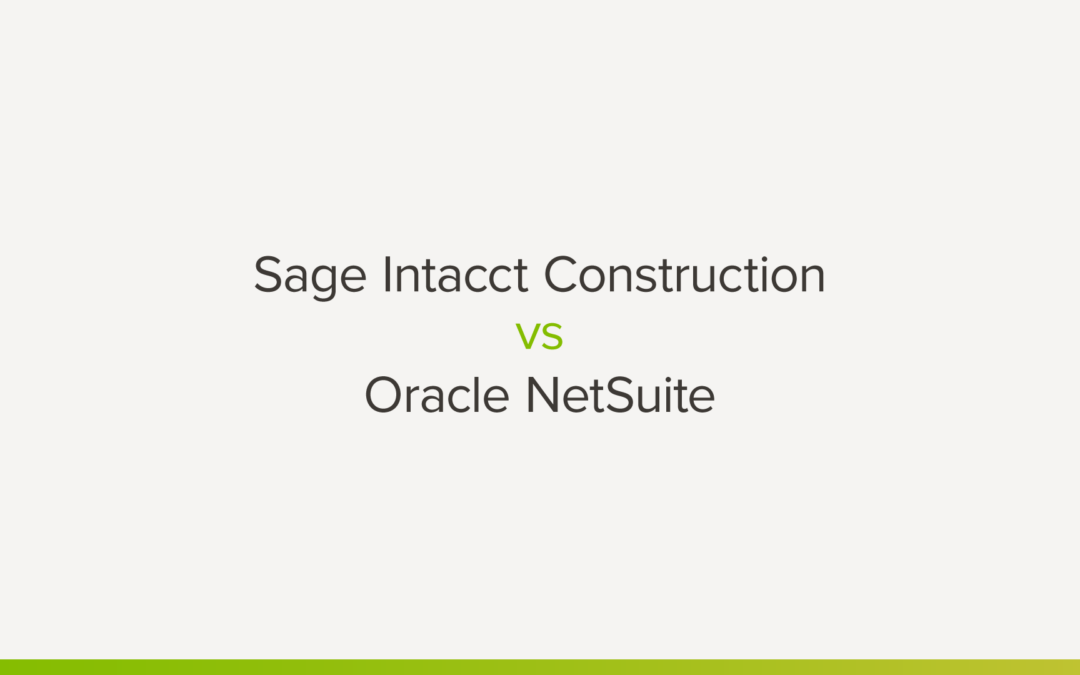
by bangertinc | Jul 21, 2022 | Cloud-Interest, Research, Sage Intacct Construction
82% of small businesses and 58% of enterprises use cloud accounting. In construction, it is important to have good software when it comes to accounting. A future-forward system should make every process easier and accessible for your employees to use. While...

by bangertinc | Jul 15, 2022 | Cloud-Interest, Research, Sage Intacct Construction
More effective use of software technology could bring the construction industry up to $1.6 trillion annually in incremental value. Your job cost accounting is one area that’s most likely overdue for a technology solution. Manual processing for job cost...

by bangertinc | Jul 14, 2022 | Cloud-Interest, Research, Sage Intacct Construction
In every industry, advancements in technology are quickly bringing about changes. This could not be more true for construction. Technology is vital in allowing construction companies to work faster and more efficiently. In a line of work where human error often has a...

by bangertinc | Jul 7, 2022 | Cloud-Interest, Research, Sage Intacct Construction
Finance is most effective when departments and functions work cooperatively with one another. It’s important to note that certain accounting systems aren’t properly incorporated with other enterprise-level systems and technologies, which can lead to...

by bangertinc | Jul 6, 2022 | Release Notes, Sage Intacct Construction, Software
In the United States, the construction industry brought in more than $2 trillion in a recent calendar year. There are construction businesses of all sizes vying for their piece of the pie. Small and medium-sized construction businesses need to get an edge on the...

by bangertinc | Jun 28, 2022 | Research, Sage 300 CRE, Sage Intacct Construction, Software
There are over 2 million customers that are served by using Sage Intacct and that number continues to grow. Part of which includes the construction sector, where companies and finance departments are transitioning from outdated accounting software to leverage the...







